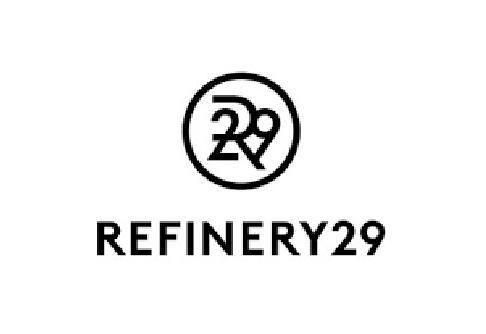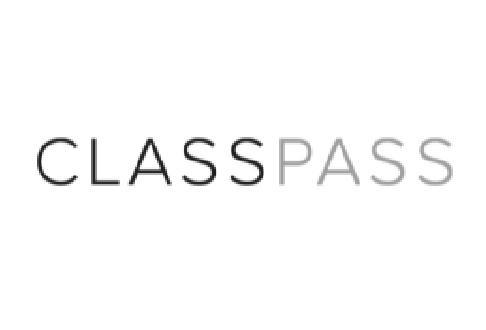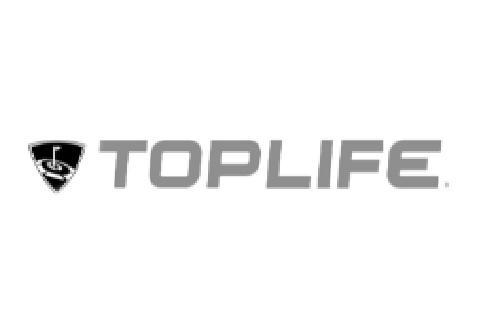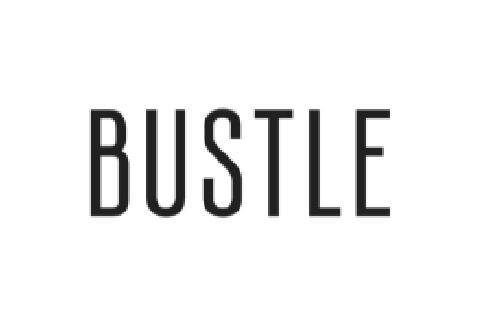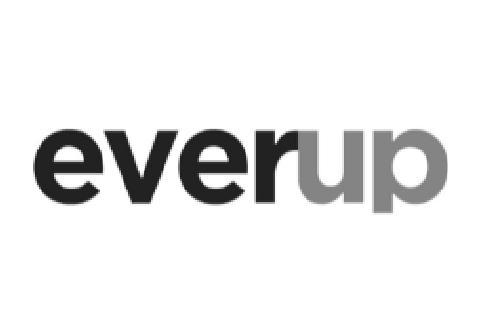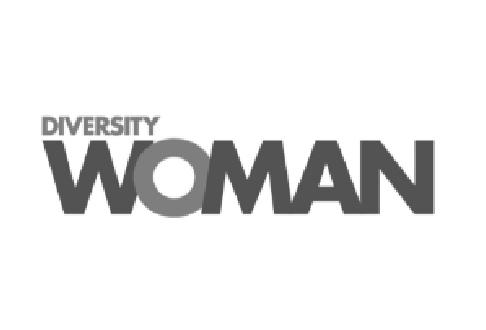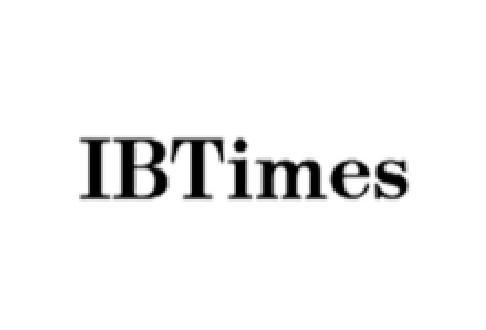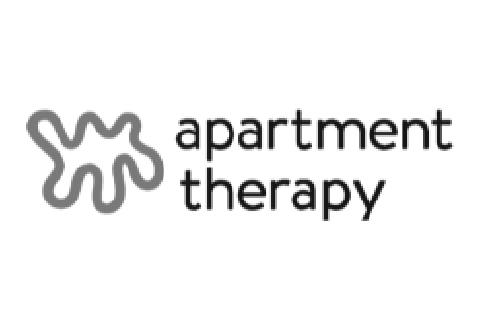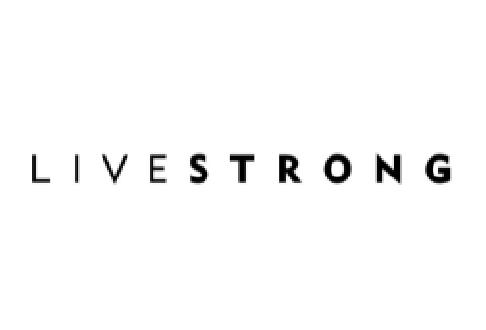In my previous post, I shared the exciting integration of Eastern self-discovery principles and Western goal-oriented approaches. It’s a unique blend that harmonizes productivity with profound wisdom. This journey involves a deep exploration of every facet of our existence – the physical, emotional, cognitive, and spiritual realms, all interwoven with practical action. I also gave you a sneak peek into the powerful coaching process developed at the New York Life Coaching Institute, known as BETAS (Body-Emotions-Thoughts-Action-Spirituality).
But now, let’s dive deeper into this fascinating subject.
The Order of Self-Discovery in Coaching
Let’s begin by examining the sequence in which we unravel the various aspects of our being.
Typically, when a coaching client reaches out, they’re grappling with anxiety, recurrent patterns, or specific life challenges that seem insurmountable. They’ve already devoted considerable time pondering these issues. Some have sought external guidance from friends, mentors, or psychoanalysts. In their quest for answers, they’ve recounted their stories numerous times, turned problems over in their minds endlessly, and perhaps even spent sleepless nights agonizing over why things aren’t going as planned.
Throughout this process, their confidence, whatever is left of it, begins to dwindle. These clients often convince themselves that confidence will miraculously reappear once they conquer the next hurdle and proudly plant their flag at the summit.
The idea is, “I’ll achieve success first, and then I’ll become confident enough to handle anything life throws my way.”
However, it’s at this point that the coaches I’ve trained can immediately spot two very common, albeit entirely natural, misconceptions in this approach.
Mistake 1: Limiting the Challenge to the Cognitive Thinking
One common mistake is confining the challenge to just cognitive thinking. When people spend too much time overthinking and analyzing, it can make the challenge seem insurmountable, and past mistakes and abandoned attempts can become daunting.
To move beyond this hurdle, the key is to shift the focus away from the confines of mental contemplation and explore other dimensions of our existence. This is precisely where the BETAS system comes into play.
Mistake 2: Misconception of Confidence Building
The second error stems from a common misunderstanding of how confidence is developed. It’s not magically “achieved” through a single victory at the finish line. Instead, confidence is built through the ongoing process of advancement. It’s in the act of doing, testing, taking small steps, receiving feedback, and persistently staying the course, all the while making necessary adjustments, that the foundation of self-assuredness is constructed. Confidence comes before the victory – it’s the cause, not the result.
Embracing Emotions: The Path to Confidence
Within the framework of the BETAS system, achieving a state of confidence begins with an in-depth exploration of various facets of one’s existence. The tumultuous mental condition that often accompanies a crisis of confidence is inevitably laden with intense emotions, and that’s precisely where we start.
The first step involves helping the client become acutely aware of their feelings. In my previous article, I discussed how the Western approach typically encourages individuals to overcome adverse emotions such as fear, insecurity, or anxiety.
Clients often attempt to suppress these emotions, leading to resistance. As coaches, we guide them to reconnect with their emotions and feelings, recognizing that emotions are intertwined with thoughts, and this journey takes us beyond the confines of the mind and into the realm of the body.
Interestingly, when I initially inquire about the physical location of their emotional distress, clients often say, “I feel it in my head.” However, unless it’s a migraine, emotions are not primarily felt in the head.
Fear and anxiety, for example, often manifest as tightness in the neck and shoulders, accompanied by shallow breathing. Anger may reveal itself through shaky hands, while disgust can manifest in the throat and stomach. Some individuals might experience sadness and shame as numbness in their legs.
Shifting the focus from “what the head is thinking” to “what the rest of the body is feeling” is not only liberating but also profoundly enlightening. This shift allows clients to understand the emotions they are experiencing genuinely.
Furthermore, the coach can enhance this focus on physical sensations by posing specific questions about the intensity of the experience, the fundamental characteristics of discomfort (like tension, movement, or pain), and other accompanying physical features (elevated heart rate, flushes of heat, and more).
It’s even possible to examine how certain thoughts or images influence these bodily sensations – whether by diminishing or intensifying them. This process often gives clients a fresh perspective, as it may be their first time gaining insights from their own body. Coaches strive to keep this door of self-awareness open for as long as necessary, capturing even fleeting sensations to gather additional insights and facilitate further progress.
Exploring Emotions: From ‘What Is’ to ‘What Could Be’
Starting with a focus on the physical aspect of our being is a natural entry point in this process, and it serves as a seamless transition into exploring the emotional dimension, all the while postponing the return to the more familiar realm of mental activity. This process of embracing emotions unfolds in two distinct phases.
During the first phase, the emphasis lies on understanding ‘what is.’ In the second phase, we explore alternative emotional states that would be more desirable for the client, considering the current circumstances.
In this first phase, the coach will investigate the level of the client’s familiarity with the emotion detected through physical sensations. Are there any specific memories associated with it? Are there any triggers in everyday situations that cause such experiences to resurface? How does this impact the daily life and the interaction with others?
At this stage, we aim to comprehensively understand the emotional mix that sometimes hinders clients from optimizing their actions and effectively managing interpersonal relationships.
In the second phase, we embark on a quest to identify emotional states that are more conducive to achieving goals and fostering healthy relationships. We explore which emotions align most strongly with the client’s spiritual essence, specifically in harmony with their values and aspirations. The objective is determining which emotions resonate most effectively and which type would be the most constructive in building confidence and resilience.
The Cognitive Realignment
Only once we’ve completed the work on the emotional aspect can the client and the coach return to cognitive thinking, revisiting the circumstances that initially led the client to seek assistance. Similar to previous stages, we first examine the current situation and then explore potential alternative cognitive frameworks. The coach initiates this process by investigating recurring thought patterns and identifying common cognitive distortions such as confirmation bias, polarization, hasty induction, and other logical fallacies. We also address issues like fatalism and egocentrism, which involve an obsessive focus on how the self is perceived and judged by others.
In the subsequent step, the client is encouraged to explore alternative interpretations and viewpoints concerning their situation. This exploration involves both semantic adjustments, such as changing the sequence of events, shifting time horizons, drawing lessons, and seeking silver linings, as well as syntactic reframing, like adopting a third-person perspective or swapping the subject and object to facilitate role reversal.
By this stage, significant progress has already been made. We’ve discovered tangible manifestations of the situation within various parts of the client’s somatic self. We’ve examined the emotional baggage associated with these physical sensations and explored alternative emotional responses. Moreover, the mental interpretations that previously shaped the client’s perspective have been challenged through the exploration of alternative viewpoints and the practice of reframing thoughts.
Coaching with a Focus on Action
Now, it’s time to map out the path ahead. We transition from an exclusive focus on understanding the client’s state of being to the phase of taking action. The coach begins by assessing what the client has undertaken thus far to address the situation. We examine how various actions were chosen, aligned with the set objectives, the observed results, and whether the timelines have been satisfactory. We also consider whether efforts have been repeated or not.
Navigating Obstacles: Sustaining Confidence through Spirituality
With a comprehensive understanding of the efforts made and the outcomes achieved (or not), the coach and the client collaborate to pinpoint purposeful actions that resonate with the client’s core values. This process involves thoroughly examining anticipated obstacles, any resistance toward the next steps, timelines, and guidelines for staying on course when familiar or unexpected hurdles appear on the pathway.
While many coaching schools consider this stage the culmination of the engagement process with the client, I hold a different perspective. In my experience, even when armed with the self-knowledge acquired from the work conducted at the physical, emotional, and cognitive levels, the actions taken can still be fragile. Unexpected challenges, setbacks, and obstacles are an inevitable part of the journey.
Aligning with the Universe: The Role of Spirituality in Achieving Goals
To ensure that the outcomes of our actions are sustainable and that our confidence can grow proportionally, it’s essential to embrace the fourth aspect of our being – spirituality. This awareness of ourselves as integral parts of a greater whole is frequently overlooked when we are singularly focused on pursuing a specific goal, such as “Goal X.”
From Self-Discovery to Sustainable Living
It is paramount for one’s actions to harmonize with one’s perception of the universe, its underlying principles, and one’s interaction with it. This entails delving into deeply held beliefs and understanding their impact on one’s ethical values. Does life possess a distinct purpose, or are we merely navigating from one occurrence to the next? What role do chance and unpredictability play in our existence? To what extent do we genuinely influence events, others, and the universe? What actions can we take to instigate positive change, and what concerns fall beyond our sphere of influence? How do we confront moments of silence and stillness in our lives?
Harmonizing with Timeless Principles
Spirituality encompasses virtues such as integrity, forgiveness, honesty, gratitude, humility, and generosity. The crucial question is: how do the client’s actions align with these enduring truths about human existence?
The answers to these questions hold the key to transforming the action plan into a sustainable way of life. This journey may not be effortless, but it offers a more fulfilling alternative to viewing life solely as a series of challenges to conquer through sheer willpower (as seen in the Western tradition) or passive resignation (as encouraged by certain Eastern wisdom schools).
To align their actions with their spiritual beliefs, some clients may need to adopt practices that enhance their self-awareness. These practices can include activities like mindful breathing, meditation, and prayer—anything that draws them away from the illusions of the material world and the alluring distractions of the increasingly prevalent digital noise. These practices deepen their self-knowledge and equip them with greater self-confidence to confront future challenges.
A client who has undergone the comprehensive BETAS process will never again approach life situations as a complete novice, even when confronted with new obstacles.
Join our live webinar to learn more!
The BETAS process offers a holistic approach to self-discovery and sustainable personal growth. By aligning your actions with your spirituality and embracing timeless virtues, you can overcome challenges and find lasting confidence.
Want to learn more? Our next Life Coach Certification and Training Program is coming up. Sign up for the free LIVE webinar and unlock the tools to enhance your self-awareness and navigate life’s obstacles with unwavering confidence.
















